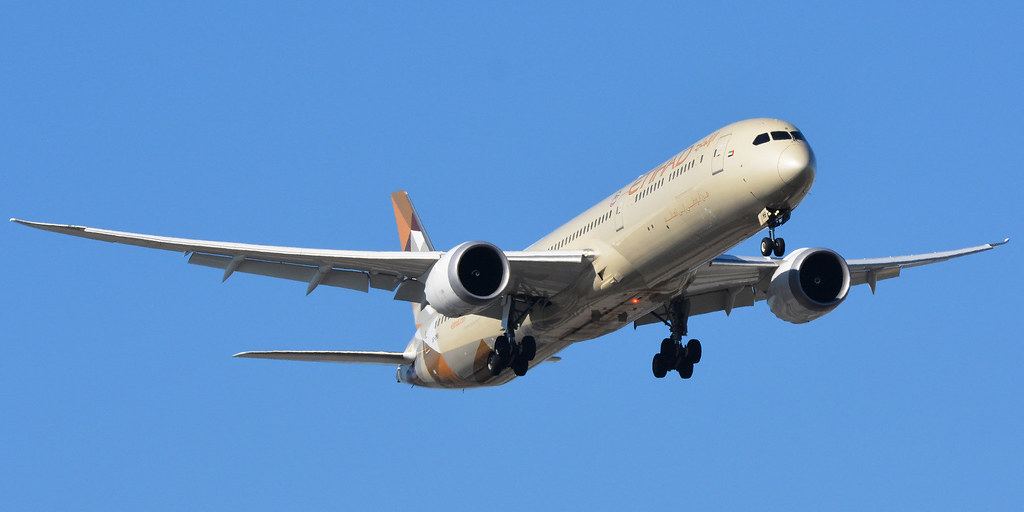Etihad B78X at Abu Dhabi on Jun 6th 2020, descended below vertical profile on short final
Last Update: October 12, 2021 / 15:38:09 GMT/Zulu time
An Etihad Boeing 787-10, registration A6-BMD performing freight flight EY-9878 from Beijing (China) to Abu Dhabi (United Arab Emirates) with 3 crew, was on final RNP Y approach to Abu Dhabi's runway 31L descending through about 210 feet AGL about 1.3...
An Etihad Boeing 787-10, registration A6-BMD performing freight flight EY-9878 from Beijing (China) to Abu Dhabi (United Arab Emirates) with 3 crew, was on final RNP Y approach to Abu Dhabi's runway 31L descending through about 210 feet AGL about 1.3
You've hit your monthly reading limit
Get a subscription or get a day pass right now and read this article and over 15'000 more.
Incident Facts
Date of incident
Jun 6, 2020
Classification
Report
Airline
Etihad Airways
Departure
Not revealed
Destination
Not revealed
Aircraft Registration
N343434
Aircraft Type
Boeing 787-10 Dreamliner
ICAO Type Designator
B78X
Airport
Zurich International Airport
Airport ICAO Code
AFTZ
You have reached your free reading limit for this month.
Subscribe to AeroInside now and continue reading without any limits.
Subscribe today
Are you researching aviation incidents? Get access to AeroInside Insights, unlimited read access and receive the daily newsletter.
Pick your plan and subscribePartner

ELITE Simulation Solutions is a leading global provider of Flight Simulation Training Devices, IFR training software as well as flight controls and related services. Find out more.
SafetyScan Pro provides streamlined access to thousands of aviation accident reports. Tailored for your safety management efforts. Book your demo today
AeroInside Blog
Popular aircraft
Airbus A320Boeing 737-800
Boeing 737-800 MAX
Popular airlines
American AirlinesUnited
Delta
Air Canada
Lufthansa
British Airways




